AT&T's new ad hints that it might beat T-Mobile's launch of a key satellite service

AT&T, the company that told us back in 1979 to "Reach out and touch someone" by making a landline call, is looking up to the sky just as its rival U.S. carriers are. You might have thought that only T-Mobile has such a service thanks to the latter's top-notch marketing team that, to be honest, wipes the floor with Verizon and especially AT&T. But make no mistake about it, like Verizon, AT&T is partnering with AST Space Mobile for a service that will do the same thing as the other guys which is to cover cellular dead spots on the planet by using satellites in space to handle text, voice, and data.
A new ad just released by AT&T shows people making calls to loved ones from remote locations. "How far can your connection go?" asks the off-screen announcer as callers from a cave, on a wire between two mountains, riding a horse on a ranch, and in other places presumably without cellular connectivity are able to make a voice call. AT&T and Verizon's partner, AST Space Mobile, hopes to launch 45-60 satellites this year and next. The plan is for AST Space Mobile to offer certain services via satellite that AT&T and Verizon will resell. The plan is for AST to get a 50/50 split on revenue collected by the carriers for the service.
The fine print in AT&T's "Just Called" ad contains big news
The big news in AT&T's ad shows up near the end in the small print that no one can read at the bottom of the video. The fine print reads, "Satellite connectivity limited to text messaging on select compatible devices. Limited voice connectivity expected in late 2026." That last line indicates that AT&T might get a step on T-Mobile when it comes to satellite voice connectivity. AST Space Mobile already has said that its satellites are bigger and have more capabilities than the SpaceX satellites T-Mobile is using.


AST Space Mobile executives have touted its satellites as being able to handle texting, voice, and data. That doesn't mean that Starlink isn't also going to offer voice and data. SpaceX has said that its "Starlink "direct to cell" service will offer data and Internet of things (IoT) capabilities this year and will offer voice "soon."

T-Mobile shows that it will over data and IoT satellite connectivity this year and voice via satellite soon. | Image credit-T-Mobile
Apple has invested $1.7 billion in its satellite partner Globalstar to build new satellites. Most in the industry expect these satellites to support voice calls and data.
Besides offering Starlink to its subscribers, T-Mobile plans on selling the service to AT&T and Verizon customers for $20/month per line. That pricing will start once the currently offered free beta program expires. An email sent from T-Mobile to those who signed up for the Starlink beta shows that beta subscribers will get 90 days of free Starlink service from the moment they are officially admitted into the beta program.
AT&T needs to turn up its marketing and become more aggressive
AT&T doesn't disclose pricing in the aforementioned new ad but Verizon might have given away part of its satellite pricing strategy; in a press release, Verizon consumer CEO Sowmyanarayan Sampath said, "We have the most ways to save with offers you can't find anywhere else including free satellite texting." This comment doesn't preclude Verizon from charging for voice and data via satellite.
Verizon, T-Mobile, and AT&T will have to discover whether their satellite service keeps current subscribers from switching, helps generate new subscribers moving over from the other major carriers, or actually does nothing as far as customer movement is concerned. Regardless of how this all shakes up, AT&T is going to have to start learning how to be more aggressive when it comes to promoting its wireless services.
T-Mobile ads are everywhere and all it takes is the color magenta on a billboard or television spot to get drivers and viewers to remember which carrier is being promoted. AT&T has an iconic logo of its own and while former T-Mobile CEO John Legere referred to it as the "Death Star," U.S. consumers would have no issue connecting signs and television ads using it to AT&T.


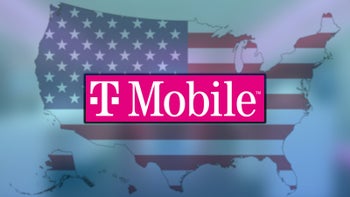
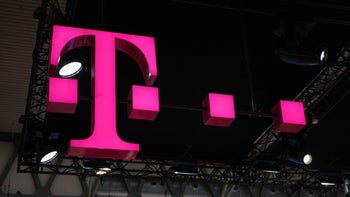
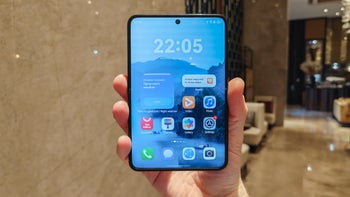

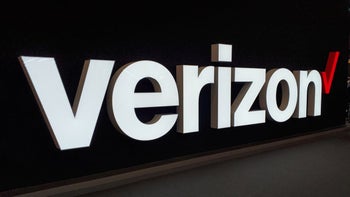
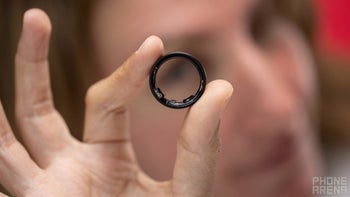
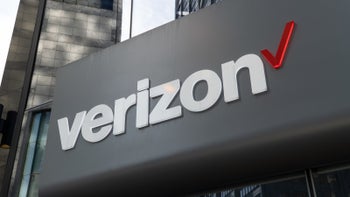

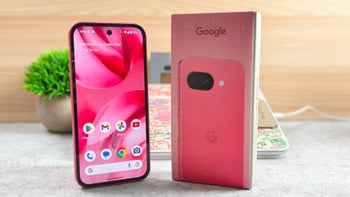
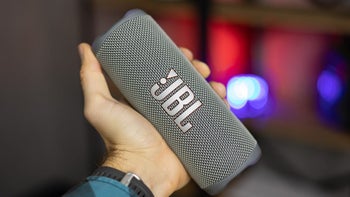
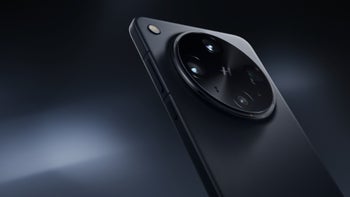
Things that are NOT allowed: